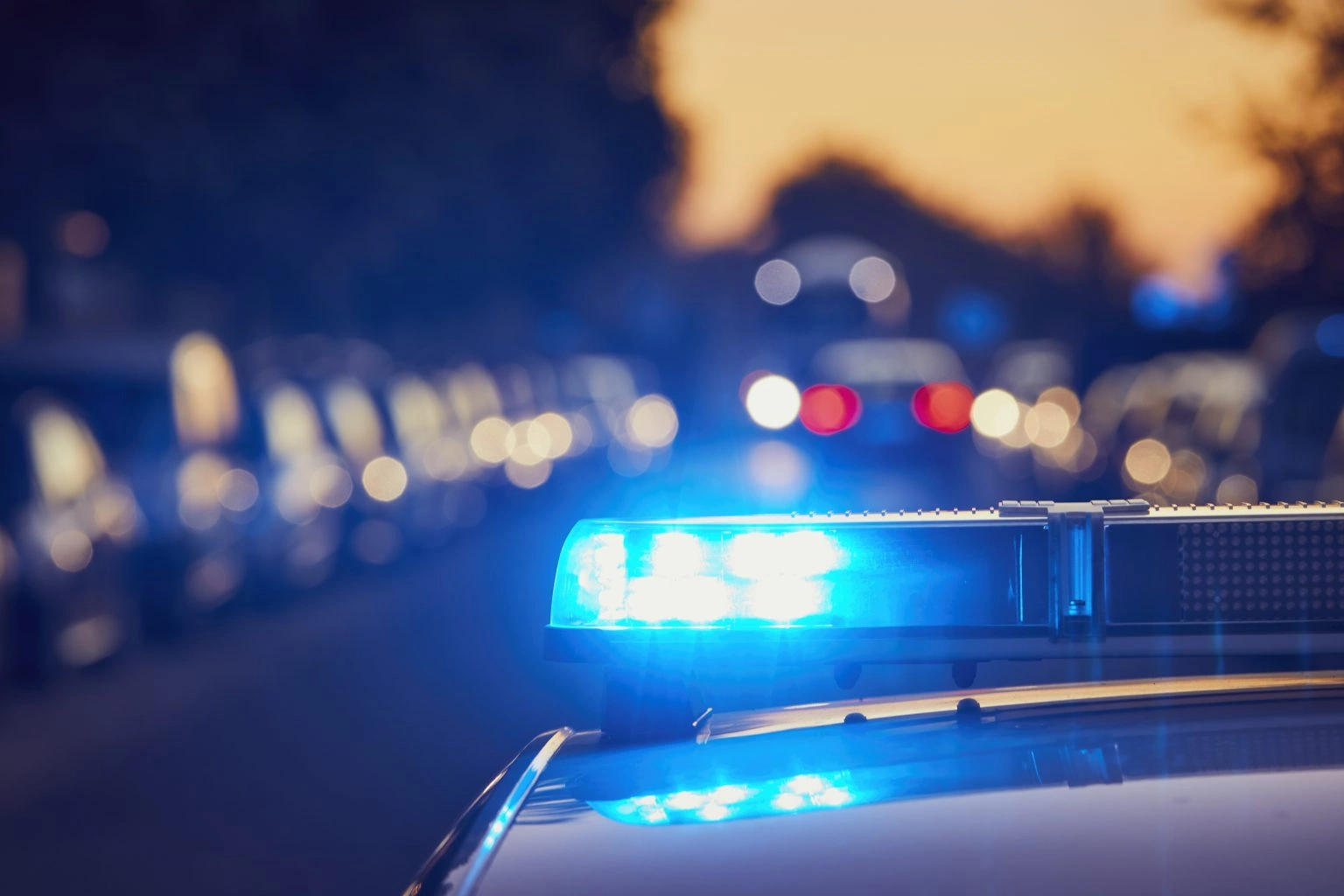You’ve likely been hearing a lot about Enhanced 911, or “E911,” lately and may be unsure about some things regarding your organization’s compliance. How can you be absolutely certain your organization is compliant with the laws and mandates? Which laws apply to your situation? What about remote workers?
Here are the top five questions we’ve received surrounding E911 compliance:
1. Am I compliant with Kari’s Law and Ray Baum’s Act with what is already available in my PBX?
Listed below are the three requirements for Kari’s Law and details as to whether most PBXs can possess features to bring you into compliance:
- Direct Access to 9-1-1 (No leading “9” required) – Most, if not all, PBX’s can be programmed to allow the digits “9-1-1” alone to be dialed and allow the call to reach the Public Safety Answer Point (PSAP) without having to dial a leading “9” first.
- 911 calls route out to a PSAP (Public Safety Answering Point) – This requirement stipulates that 911 calls can no longer route internally to a front desk or on-site security. If a company currently operates in this way, it must remove this route pattern and allow 911 calls to route to the PSAP.
- On-Site Notification – Some phone systems have on-site notification built-in. However, the alert may not go off at the same time as the emergency call itself. In some cases, on-site notification may only occur after the emergency call ends or disconnects.
Even if on-site notification is built into your phone system, the notification information available may be limited. Often, the alert will only advise that an individual connected to the phone system dialed 911, but not provide any location information.
While Kari’s Law does not require location information to be included, best practices are to have the location information automatically displayed to on-site personnel.
PLEASE NOTE: This information does not apply to all PBXs. Though most PBXs possess the features discussed above.
Below is the sole requirement for Ray Baum’s Act:
- Ray Baum’s Act stipulates that when a 911 call is sent to the PSAP, it must include the correct address of where the call is coming from and a dispatchable location.
A “dispatchable location” equates to providing address line 2 description information. Examples of suggested descriptions include building, room number, entrance, gate, and/or floor information.
As of January 6, 2021, a dispatchable location is required to be delivered for fixed (wired) devices. On January 6, 2022, non-fixed (wireless) devices will also be required to provide this information.
2. How does implementing an E911 solution make me compliant with Ray Baum’s Act and Kari’s Law?
When implementing an E911 solution, there are three features it must have to make a customer compliant with both laws:
- It must provide an on-site notification alert that is triggered as soon as an individual dials 911. If the alert comes after the call is disconnected, it is not compliant with Kari’s Law.
- When a 911 call is made from an on-campus phone and the call is answered by the PSAP, the location information automatically presented to the 911 operator must include the correct address of the building along with additional information that will help first responders locate the 911 caller within the building as quickly as possible.
- When a 911 call is made from a device not located within a corporate facility, the caller’s correct current address must be automatically presented to the PSAP. This includes situations where the caller is working remotely from home, a coffee shop, a hotel, or any other location that they can connect and place a call from.
3. How do you track IP phones that are moved within a corporate environment?
This is where it gets a little tricky. In order to accurately track movement, users would be required to enter updated information each time they log out of a phone and into another.
To make things easier, there are software solutions, such as 911 Secure SENTRY™ software, that will automatically detect that movement and automatically communicate the user’s new location both to the PSAP and to on-site personnel whenever 911 is called from the phone. This tracking does not require the user to enter any information.
4. Do I need to cover remote workers?
Yes. Starting on January 6th, 2022, you must cover your remote workers with an Enhanced 911 solution. This includes any worker with a remote softphone on their laptop.
5. What is NG911 and is it required?
NG911 stands for “Next Generation 911”. As technologies have advanced, PSAP operators are now requesting to receive additional 911 call location information. That’s where NG911 comes in.
NG911* not only shows the required E911 data, but also ancillary location information resources such as a link to the map of the floor the call was made from, additional contact information within the building, and a comments section not limited to 20 characters (a limitation of the Enhanced 911 section of PSAP computer screens).
While this technology allows for a tremendous amount of extra data to be presented to PSAP operators, it is not yet required by law.
*The very first NG911 call in history was facilitated in 2019 by 911 Secure, along with its partnership with RapidSOS.
If you would like more information on E911 compliance, a complimentary assessment, or to learn about solutions for your organization, please reach out to us today:
Watch the on-demand webinar: “E911: What You Need to Know and DO!”
Author Kevin Kito is the President and CEO of 911 Secure. Kevin has been in the Enhanced 911 (E911) industry for over 15 years.


